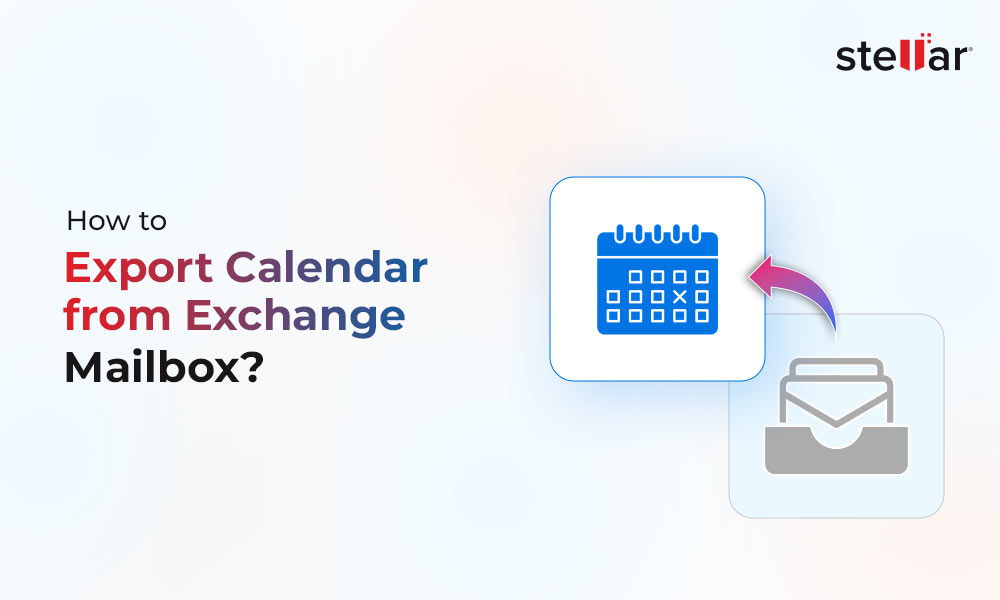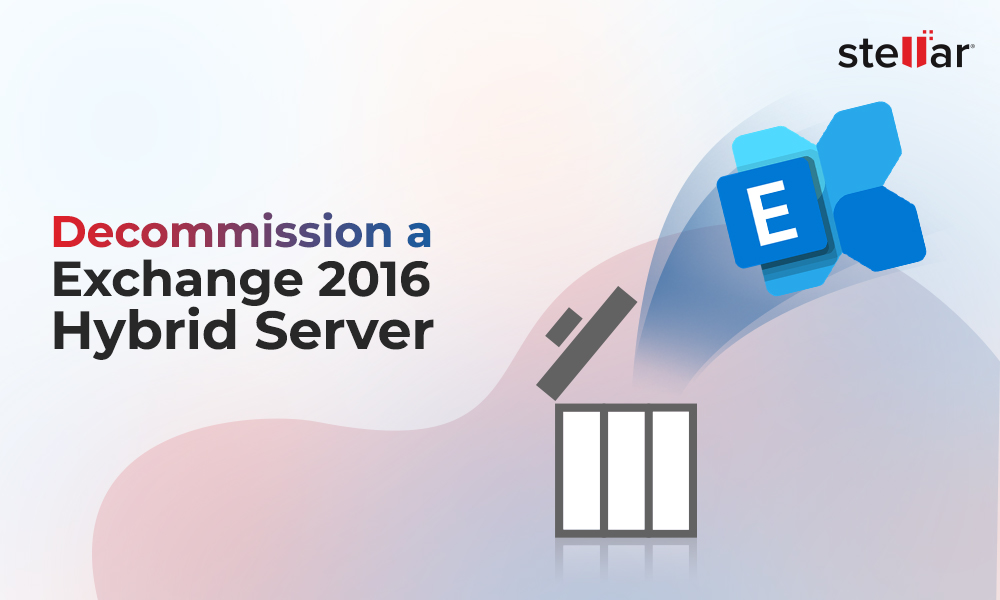In Exchange Server, public folder stores crucial information and data related to the company. Public folder is the native mailbox in on-premises Exchange Server. Therefore, you need to separately migrate the public folders to Microsoft 365 (Office 365). Sometimes, when migrating public folders from on-premises Exchange Server to Microsoft 365, you encounter several errors and issues. Some of the common errors/issues you might encounter are:
Error 1:
The operation couldn't be performed because '
The mailbox "
This error message appears when rolling back migration of a public folder and the process stuck in the step of removing the primary public folder mailbox due to some issues.
Error 2:
An item with the same key has already been added.
Multiple mailbox users match identity "
This error occurs when you try to create the public folder migration endpoint and the creation process fails.
Error 3:
Multiple mailbox users match identity "Mailbox1". Specify a unique value.
You will see this error message when analyzing the report of a failed public folder mailbox migration request.
The above public folder migration errors can occur due to a variety of factors. Let’s look into the causes that can lead to such errors and the solutions to resolve them.
Causes of Errors during Public Folder Migration
The above errors during public folder migration can occur due to the following reasons:
- The soft deleted public folder mailboxes have the same names as active mailboxes, causing the issue of duplicate public folder mailboxes.
- The primary public folder mailbox or the secondary public folder mailbox has an orphaned (CNF) object which is stopping or freezing the migration operation.
Solutions to Resolve Public Folder Migration Errors
Here are some possible solutions you can try to resolve the public folder migration errors. But before proceeding to the solutions, you need to fulfill some requirements. Since you are migrating to Exchange Online, all the work needs to be done on the PowerShell module of the Exchange Online. So, you need to connect and use the Exchange Online PowerShell commands with the login of a global admin on the Microsoft 365 tenant.
To install the PowerShell module, you can run the following command:
After pressing the Enter, you need to accept the NuGet provider to continue. Next, you need to accept the untrusted repository to allow the script to install the necessary modules.

Then, connect to the Exchange Online using the following command:
You will be prompted to enter the password of the global admin, along with the Multi-Factor Authentication (MFA).
Solution 1: Remove Soft Deleted Public Folder Mailboxes having Same Name as Active Mailboxes
You can search and remove any soft deleted public folders that have the same name as the active mailboxes. For this, you need to connect with the Exchange Online PowerShell module.
Then, use the following command to get information of all the recipients in the soft deleted section which are setup on the Exchange Online
In case there are any duplicates, the output of the command will be similar to the below.
Name: MailboxA
OrganizationalUnit:
DistinguishedName: CN=Mailbox1,OU=Soft Deleted Objects,OU=contoso.onmicrosoft.com,OU=Microsoft Exchange Hosted Organizations,DC=
ExchangeGuid:
Name: MailboxA
OrganizationalUnit:
DistinguishedName: CN=Mailbox1,OU=Soft Deleted Objects,OU=contoso.onmicrosoft.com,OU=Microsoft Exchange Hosted Organizations,DC=
ExchangeGuid:
If there are duplicates, take note of the GUID number and then use the Remove-Mailbox command to permanently delete the soft deleted public folder mailbox.
After this is complete, try to migrate the public folders again.
If there are no duplicates, then move to the next solution.
Solution 2: Remove Orphaned Public Folder Mailboxes
You can check if the primary public folder mailbox or the secondary public folder mailbox has orphaned (CNF) object that might be causing the issue. For this, first you need to connect to the Exchange Online PowerShell module. Then, run the below command to find the orphaned public folder mailboxes:
Get-Mailbox –PublicFolder | fl Name,Identity,ExchangeGuid,Guid
Get-Mailbox -PublicFolder -SoftDeletedMailbox | fl Name,Identity,ExchangeGuid,Guid
This command will list the public folder mailboxes which are orphaned.
If the command returns the zero results, then you can use the below command:
If there are orphaned public folders, you can use the below command to delete them manually.
After this is complete, re-run the migration process.
To Conclude
You may encounter various errors and issues while migrating public folders from on-premises Exchange to Microsoft 365. Above, we have discussed some common errors and the solutions to resolve them. However, resolving such errors may take time, causing delay in the migration process and leading to missing data or duplicate data. To avoid such issues and delay in migration, you can use specialized migration tools, such as Stellar Converter for EDB. This tool can easily open Exchange Server databases (orphaned or live) from any version and of any size. It then allows you to export the public folders, user mailboxes, and other data directly to a Microsoft 365 tenant with automatic mailbox matching. It can also granularly export EDB data to PST and other file formats or to a live Exchange Server database. With this tool, you can perform the data migration in minimal time and effort, with no complications.


















 4 min read
4 min read-to-Office-365-1733.jpg)





